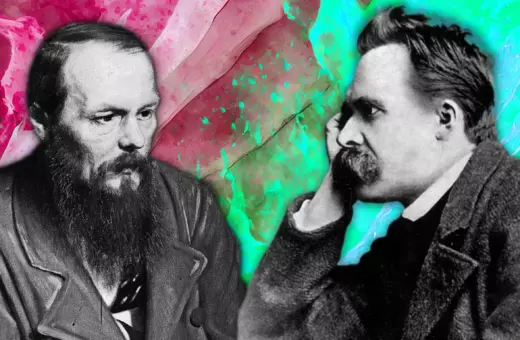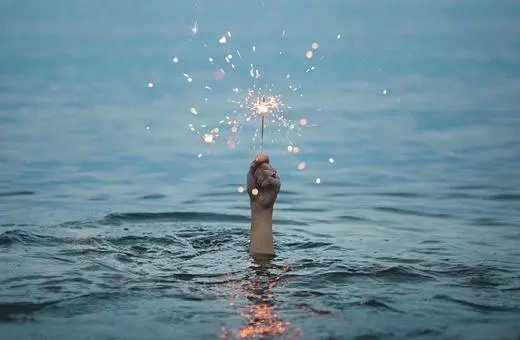Never in history has authenticity loomed so large within so many influential practices affecting countless people and yet been sneered at, literally or metaphorically, by so many pundits of deconstructionism, postcolonial and cultural studies and other trendy philosophical schools. There are two sides to this paradoxical predicament.
Let's look at the first side. Authenticity – the exemplary, disinterested alignment of the subject's inner states and outer conduct or, in Bernard Williams' phrase, “the idea that some things are in some real sense really you, or express what you are, and others aren't”[1] – between 1760 and 1960 played a pre-romantic, romantic, lebensphilosophisch and finally existentialist second fiddle to the mainstream notion of “autonomy”. Born as an antagonistic ideal of total truthfulness, critical of received social scripts, authenticity seems now co-opted and enervated by powerful economic forces: by the late 20th century it climbed to an unequalled popularity in marketing, the theory of organizations and management, and “nation-branding”.
Management and marketing's hijack of authenticity
“Rendering authenticity” is now the key to a firm's success, Gilmore and Pine, of the Harvard Business School, argued in Authenticity: What Consumers Really Want[2]. It used to be the case that firms would sell goods and commodities, inundating the public (and depleting their budget) with unwanted leaflets, unread ads and placards. Up and coming firms quickly moved on to sell services. In the 21st century, Starbucks or Disneyland are into selling experiences. However, experiences still look somewhat static. The next step in marketing, according to Gilmore and Pine, is selling transformations. Cutting-edge marketing campaigns claim that the firm's products help you turn into what you dream of being – Nike's sports-gear, investment plans for retirement, a new kind of SUV, or a trip to Venice (where already 10 years ago the ratio of tourists to locals was 200:1), could do that.
Furthermore, smart firms no longer spend their money crowding unlikely customers with unwanted ads: they create “flagship venues” – Disneyland, Legoland, Guinness Storehouse in Dublin – where the firm's values are expressed most authentically, and customers pay an entrance fee to get exposed to the corporate message. The key to this epochal change is the firm's ability to infuse authenticity into its “offer”. The worst enemy, which adds one's own brand name to the endless list of losers, is the perception of phoniness, artificiality, fakeness: who wants to buy a fake product from a phony salesperson? Gilbert's and Pine's point is that while deliberate efforts at creating authenticity look inauthentic, customers do seek authenticity and firms must find ways of outdoing the competition in having their offerings look authentic. They must learn a code, which Gilmore's and Pine's book aims to reveal. Like in a parody of the 1960's counterculture of free love and sexual liberation turning into the commercialization of sex and the promiscuity of the club-privé for swingers, so the antagonistic valence of authenticity[3] fades into the mainstreaming of authenticity in the service of corporate profit.




















Join the conversation